What can we learn from Chris Froome’s disc brake scepticism?
And how applicable are his concerns to the context of non-professional cyclists?
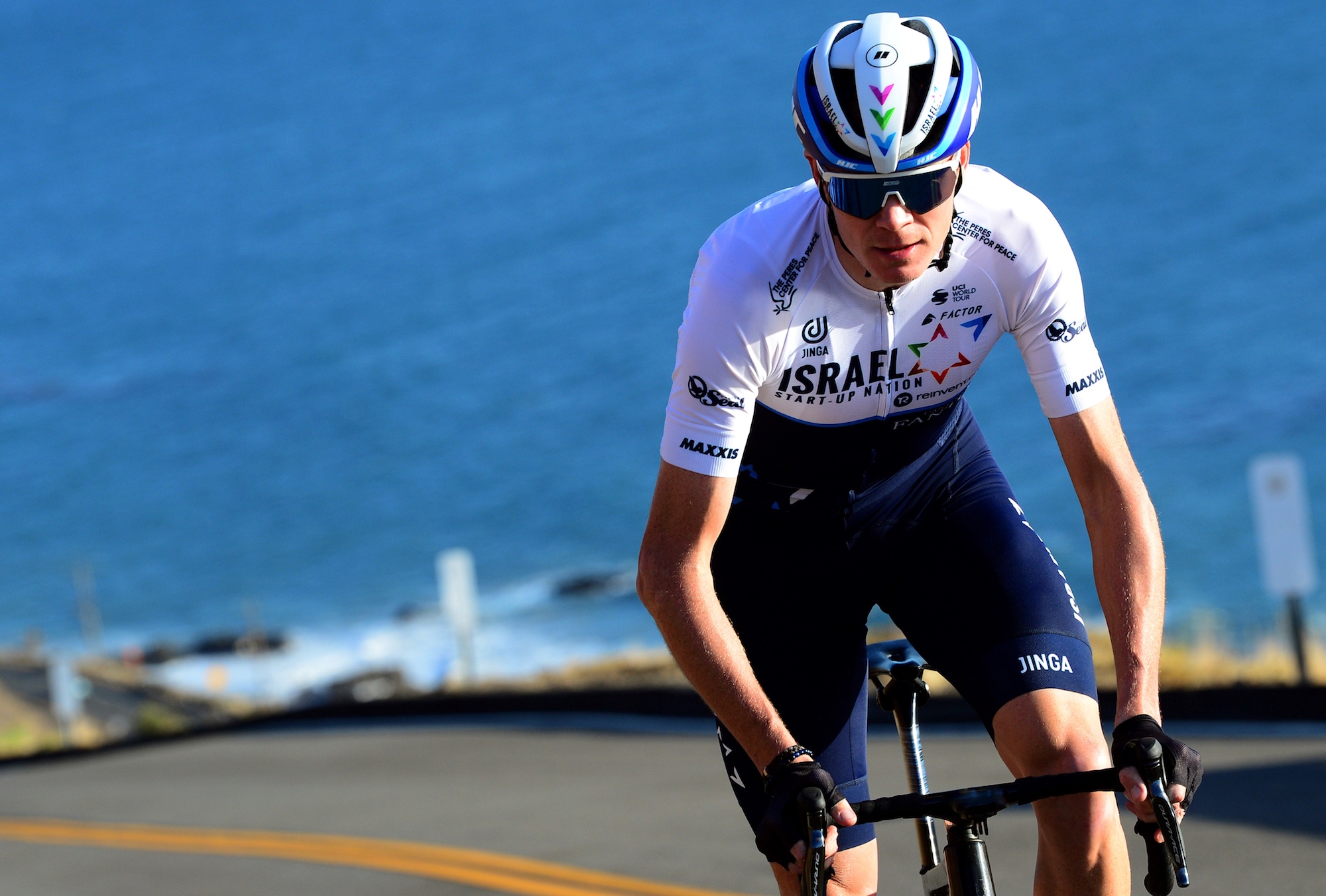

Just when the fuss about disc brakes in the pro peloton was starting to die down, the topic has been reignited by Chris Froome and his frank “review” of his Factor team bike from Israel Start-Up Nation.
Israel set a precedent with this format last year, with Alex Dowsett giving a similarly open bike review last year.
>>>Read more: Everything you need to know about disc brakes
Where would cycling be without its little holy wars? Whether aero or lightweight is best, how high your socks should be, how wide your tyres should be and what you should put inside them. Without these (at times bewilderingly) passionate debates we would lose some of the richness that attracts us to cycling.
Part of the joy is hearing and understanding different people’s opinions, applications, and priorities. We learn what works well for others and through that we can reflect on what might work well for us.
So, let’s delve into the points Chris Froome raises and contextualise that with the thoughts and experiences from fellow British Would Tour pro, Hannah Barnes, owner of Surrey Hills Cycleworks, Dave Farmer, as well as the perspectives of component manufacturers Shimano and SRAM.
The disc brake experience
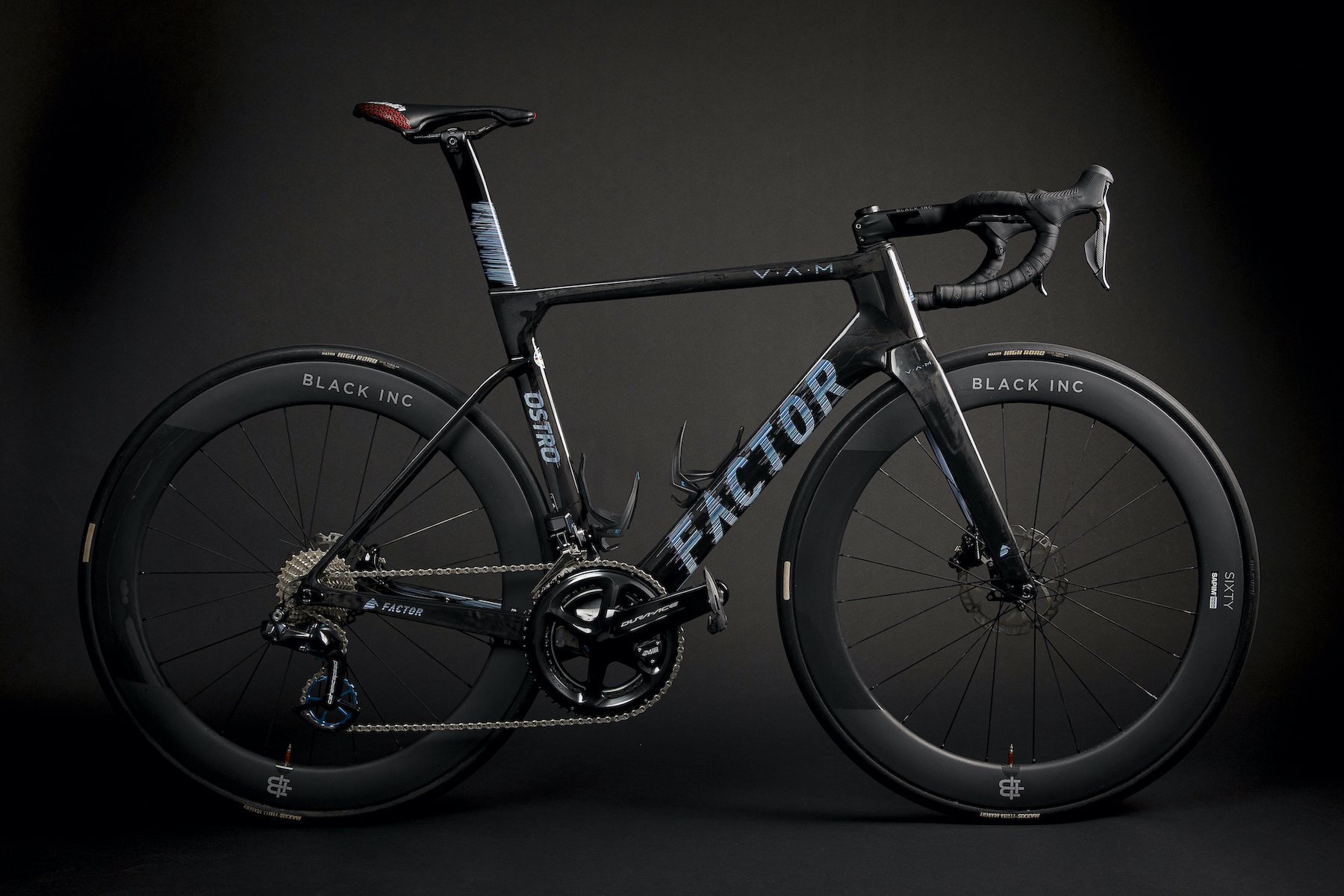
Chris Froome
The predominant concern for Froome centres around brake rub and the various different ways this can come about. In his video overview, he said: “I think the distance between the disc and the rotors [he means pads and rotors] is still just too narrow, so you’re going to get that rubbing, you’re going to get that one piston that fires more than another, you’re going to get these little issues.
“The discs becoming a bit warped when you’re on a descent for long enough – five, ten minutes, with constant braking.
“Quite often it’ll work on the stand, it’ll work when the mechanic sorts it out. Then once you get onto the road it’s a different story.
“Personally, I just don’t think the technology is quite where it needs to be yet for road cycling.”
Now, it’s highly unlikely that user error – whether in the mechanical setup or braking technique – is to blame here, Froome has qualified mechanics to help him out. So, it’s going to take some digging to understand what’s going on here.
Hannah Barnes
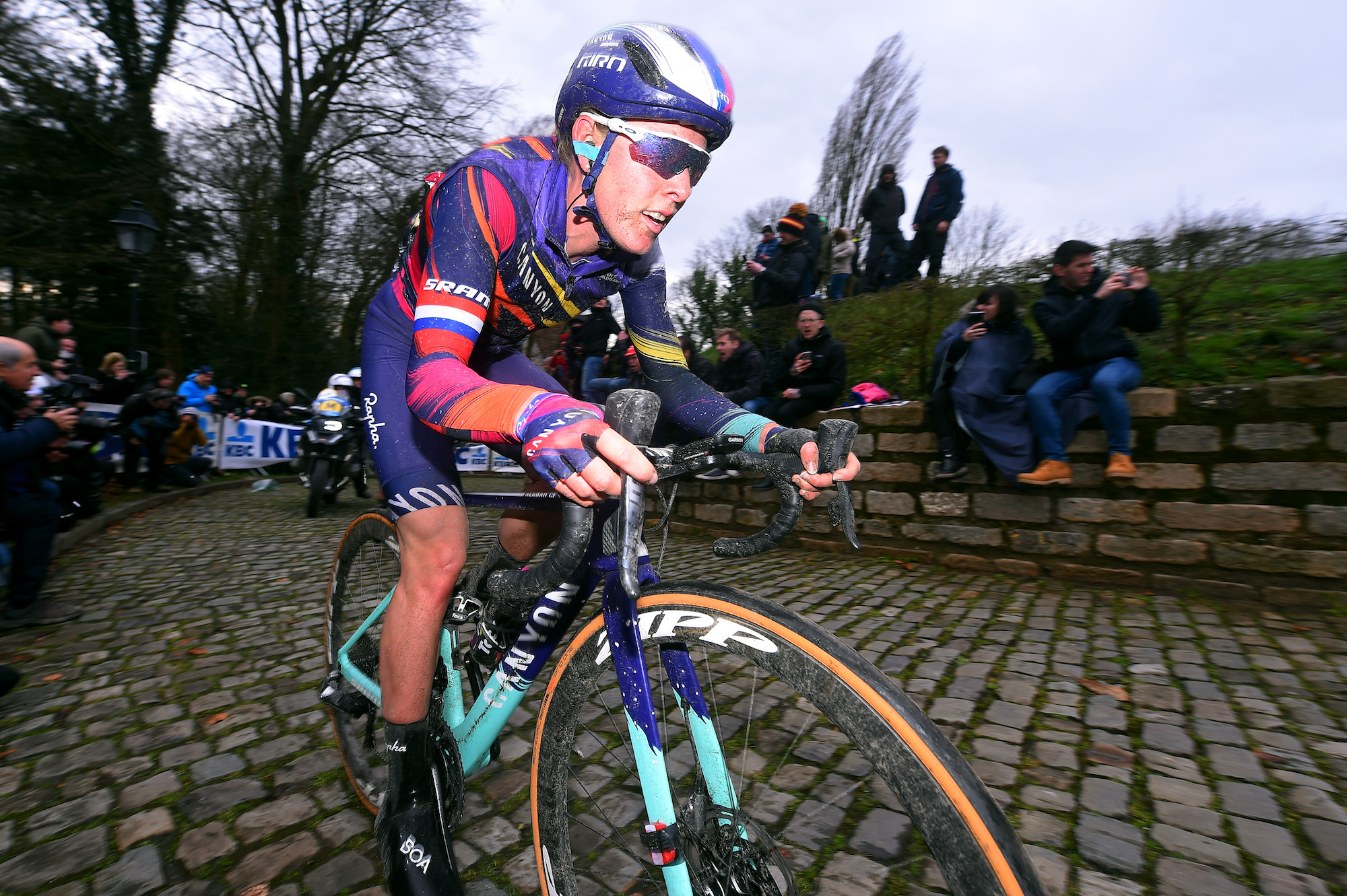
Bike setup is quite a personal matter, and a system that works well for one person may not do the trick for someone else, and vice versa. Hannah Barnes is a fellow World Tour rider who has been riding discs as part of Canyon SRAM Racing since 2016.
She said: “We’re currently on a training camp in Spain and some of the descents are down gradients of 20% and I have been thinking to myself thank God I’m on disc brakes! I think they are great; I have a lot more confidence in my bike, especially in the spring classics when it’s always raining.
“When we first got them, we had a session with one of the mechanics and they showed us how to change the brake pads, how to adjust them if there was any rubbing. When we’re training at home, there’s no one to help us with that, but it’s pretty straightforward to do.
“I remember with rim brakes I was constantly having to adjust them to get the right feel at the lever, but with hydraulic disc brakes I actually rarely have to adjust them.”
What could be going wrong?
Froome's comments around warped rotors and rubbing disc brake pads are not unique. So clearly, there are cases where disc brake technology can throw up issues - and these are areas where the technology and compatibility need to improve.
Rotors
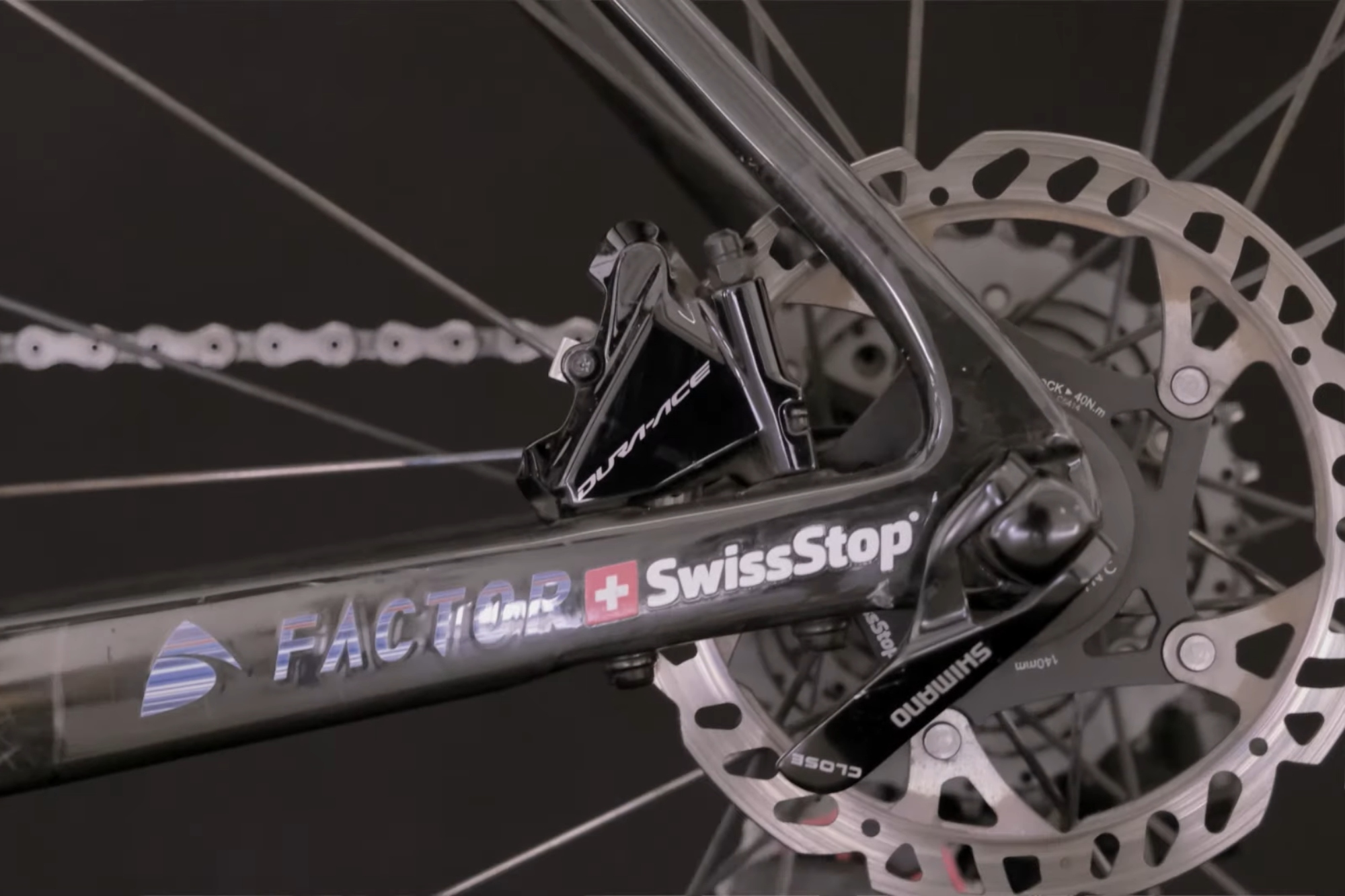
Firstly, it’s notable that Israel Start-Up Nation uses Swiss Stop rotors and pads, rather than the Shimano Dura-Ace components that would match the rest of the groupset.
Although both brands’ rotors are nominally the same thickness at 1.8mm, Dave Farmer from Surrey Hills Cycleworks finds that the Swiss Stop rotors actually tend to come up a little thicker at around 2.0mm.
On the one hand, this extra material will likely result in a longer service life, which would be welcomed by those who would prefer to set and forget – Shimano recommends that disc rotors are replaced when worn down to 1.5mm.
But for Froome, this extra 0.2mm could be just enough to be causing his issues with rubbing. He’s also likely to be using fresh rotors a lot more often and so could very well never be wearing them down to that optimal 1.8mm.
Pad clearance

Brake rub is the result of a multitude of factors, it’s not just down to the pad and the rotor – the frame, hubs and Thru-Axles all play a role in causing or eliminating this issue.
It could be that the sum of tolerances of a Shimano caliper, Swiss Stop pads and rotors, Black Inc hubs and a Factor frame just falls on the wrong side – and that these issues wouldn’t be present if it were some other combination of components. And this could apply to other sets-ups being built up and ridden by pros and amateurs alike. We all know the cycling industry has somewhat of a standardisation issue.
Ben Hillsdon, PR and Communications Specialist for Shimano Europe said: “Our stable road disc brake flat-mount standard [needs to be] used in combination with modern high-end frame designs and wheel/hub platforms with Centerlock rotors for the most accurate positioning.
"All Shimano Road-specific disc brakes (including Dura-Ace) have optimal clearance for providing the best overall performance from the brake system.”
Although many might wish there were a larger gap between the pads and the rotors, this would compromise the system in other ways. Paul Kantor, SRAM’s category director for road explained: “If the pads were further away from the rotor, you would need more lever travel in order to get them to make contact.”
“We’ve experimented with four-bar linkage systems to keep the lever throw the same but have that larger clearance, but you’ve got to think about the effect on the whole system. Longer pistons mean that the caliper would have to be wider, causing issues with clearance of the spokes and from the rider’s heel. There would also be more play, making the brakes less accurate and introducing problems retracting.
“The clearance that is set is the best balance between all these factors and still leaves minimal chance of brake rub when properly set up.”
Pistons
Sticky pistons that don’t fire evenly is an issue that can afflict hydraulic disc brakes, however usually this is down to an incorrect initial setup. Dave Farmer said: “Sometimes you need to exercise the pistons a little bit to get them to advance evenly and making sure that the caliper is set up dead centre is also important. But once you’ve done that, they generally continue to work pretty reliably.”
Although a causal cyclist might be guilty of neglecting this process, it’s not something that would be overlooked by a professional mechanic. So, the fact Froome highlights this as an issue he is experiencing is quite surprising.
The team will be surely working through all the different possibilities to get to the root of what’s going on here. Potentially he could be unlucky with the particular calipers that are on his bike, or perhaps a different problem is present but is being misidentified as sticky pistons. But the answer can only really be derived by swapping out components and making note of what makes the difference.
One possibility could be that the frame needs facing where the caliper attaches. Factor owns its own factory and owner Rob Gitelis told us recently that it carries out stringent quality control to avoid such issues, so it would be surprising if this was the case, particularly on Froome's bike - but it is something for riders experiencing issues to consider.
Paul Kantor said: “If the surface the caliper is mounted on is not completely flat, it can give the impression that one piston is firing more than the other.” This is not something most people could do at home, but most bike shops should be able to.
Heat dissipation
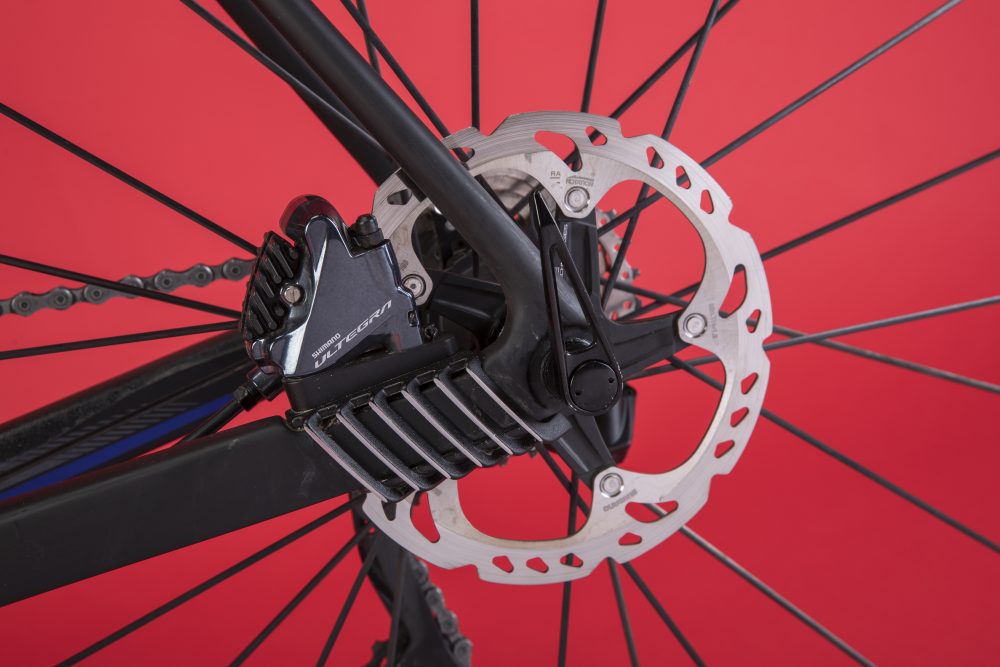
This is also a curious one, as the Swiss Stop rotors generally have quite a good reputation in this area. Dave Farmer said: “It is surprising, Swiss Stop rotors are super stiff and don’t generally go out of alignment, and in being 160mm rather than 140mm, I wouldn’t have thought overheating would really present an issue.”
But Froome is quite clear that he’s finding overheating brakes and rotors warping on descents to be a problem. Again, there could be some other issue that is being misidentified, but his experience shouldn’t be discounted. Unexpected though it may be, it’s worth filing this away as one point in a dataset and stay attuned for any greater prevalence.
Although using a completely different components to the Shimano x Swiss Stop combination of Israel Start-Up Nation, SRAM’s testing protocol gives an idea of what extremes disc brake systems can handle and how unlikely overheating is to be an issue with 160mm rotors.
Paul Kantor said: “Part of our testing involves descending down the Stelvio [the iconic Alpine pass] with weight jackets on and dragging one brake all the way down and even then, we don’t experience any problems with brake fade.”
It's also well worth considering that on rim brakes, similar problems arise in the shape of rim delamination.
What are the implications for disc brakes?
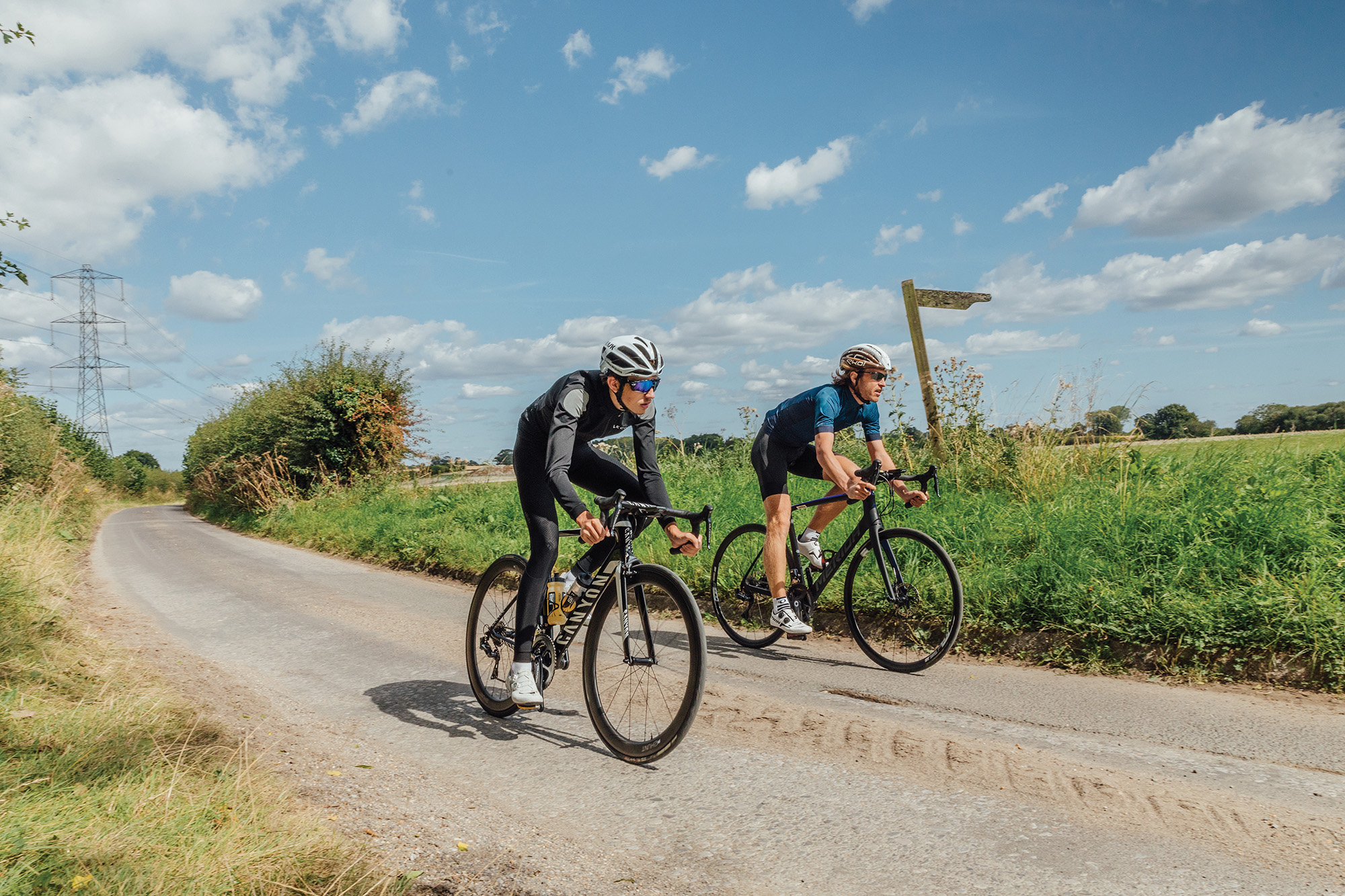
Dave Farmer makes the point: “There’s this mindset that everyone should be following what the pros do, but really that doesn’t make much sense.”
On the one hand, some of the points that affect Chris Froome aren’t so much of an issue for the casual rider. If there is a little rub from fresh Swiss Stop rotors when hauling 600 watts up a climb, this isn’t really going to affect your average person. The extra service life is arguably more valuable here.
On the other hand, for those amateurs already comfortable with the ins and outs of mechanical rim brake systems, the servicing they require will be easier to manage than a completely different system that is a hydraulic disc brake set up.
There are so many considerations that determine whether disc brakes or rim brakes are the right system for you. Braking power, wet weather performance, aesthetics, compatibility with other bikes you might own – these only scratch the surface. What’s right for you will be really personal and shouldn’t be determined by what’s right for someone else, although naturally that doesn’t stop it being an incredibly interesting area for (sometimes heated) debate.

Thank you for reading 20 articles this month* Join now for unlimited access
Enjoy your first month for just £1 / $1 / €1
*Read 5 free articles per month without a subscription

Join now for unlimited access
Try first month for just £1 / $1 / €1
Get The Leadout Newsletter
The latest race content, interviews, features, reviews and expert buying guides, direct to your inbox!

After winning the 2019 National Single-Speed Cross-Country Mountain Biking Championships and claiming the plushie unicorn (true story), Stefan swapped the flat-bars for drop-bars and has never looked back.
Since then, he’s earnt his 2ⁿᵈ cat racing licence in his first season racing as a third, completed the South Downs Double in under 20 hours and Everested in under 12.
But his favourite rides are multiday bikepacking trips, with all the huge amount of cycling tech and long days spent exploring new roads and trails - as well as histories and cultures. Most recently, he’s spent two weeks riding from Budapest into the mountains of Slovakia.
Height: 177cm
Weight: 67–69kg
-
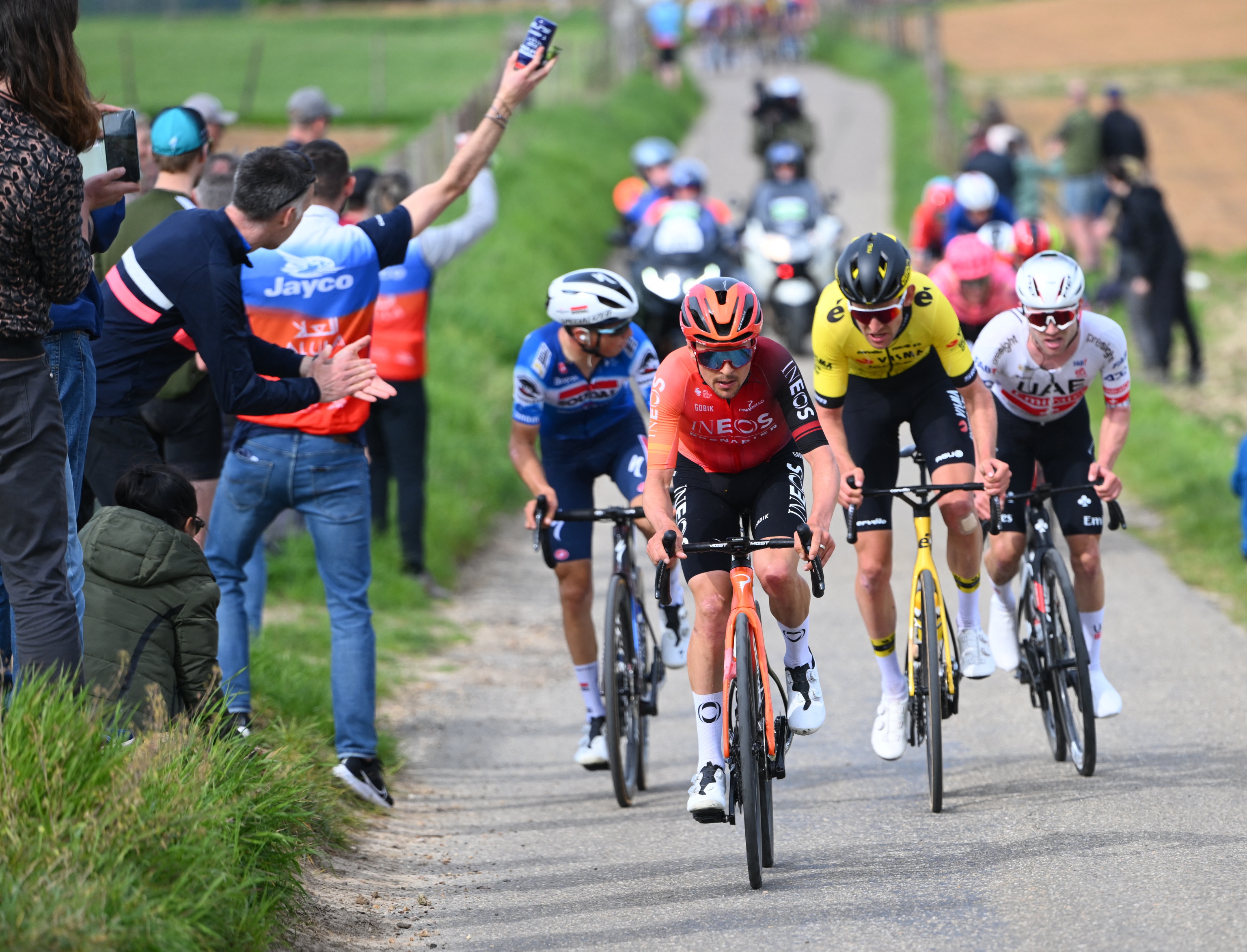 How to watch the Amstel Gold Race 2025: Everything you need to live stream the Dutch Classic
How to watch the Amstel Gold Race 2025: Everything you need to live stream the Dutch ClassicAll the broadcast information for the first of the Ardennes Classics on 20 April with Tom Pidcock – here's how to watch Amstel Gold Race online and on TV.
By Adam Becket
-
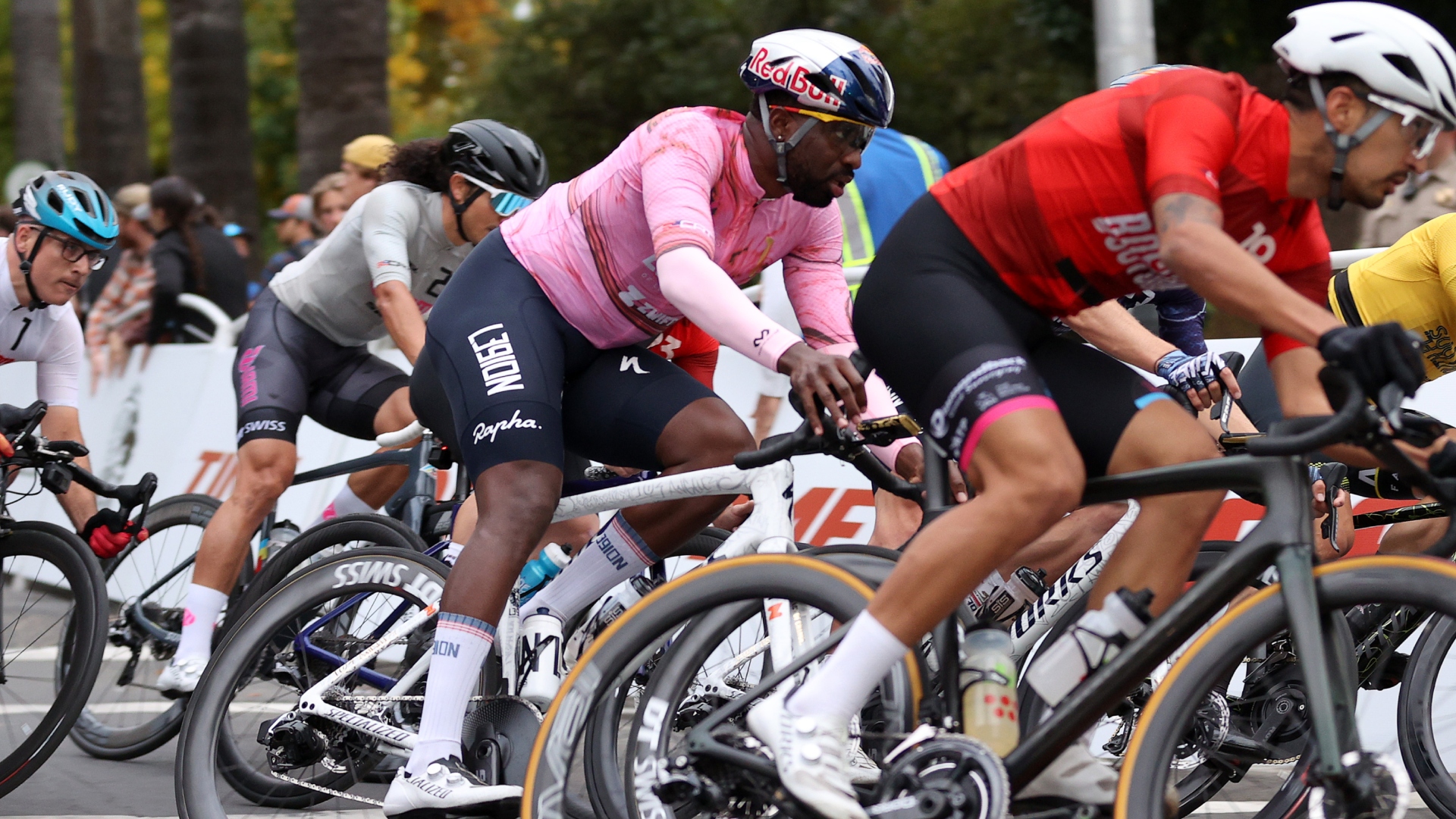 Can you make a living as an American domestic road racer? A look inside the part-time professionalism of the American road peloton
Can you make a living as an American domestic road racer? A look inside the part-time professionalism of the American road pelotonAfter decades of booms and busts, the American road scene finds itself in a fragile place. We spoke to riders to understand the reality of chasing the dream on home soil
By Logan Jones-Wilkins